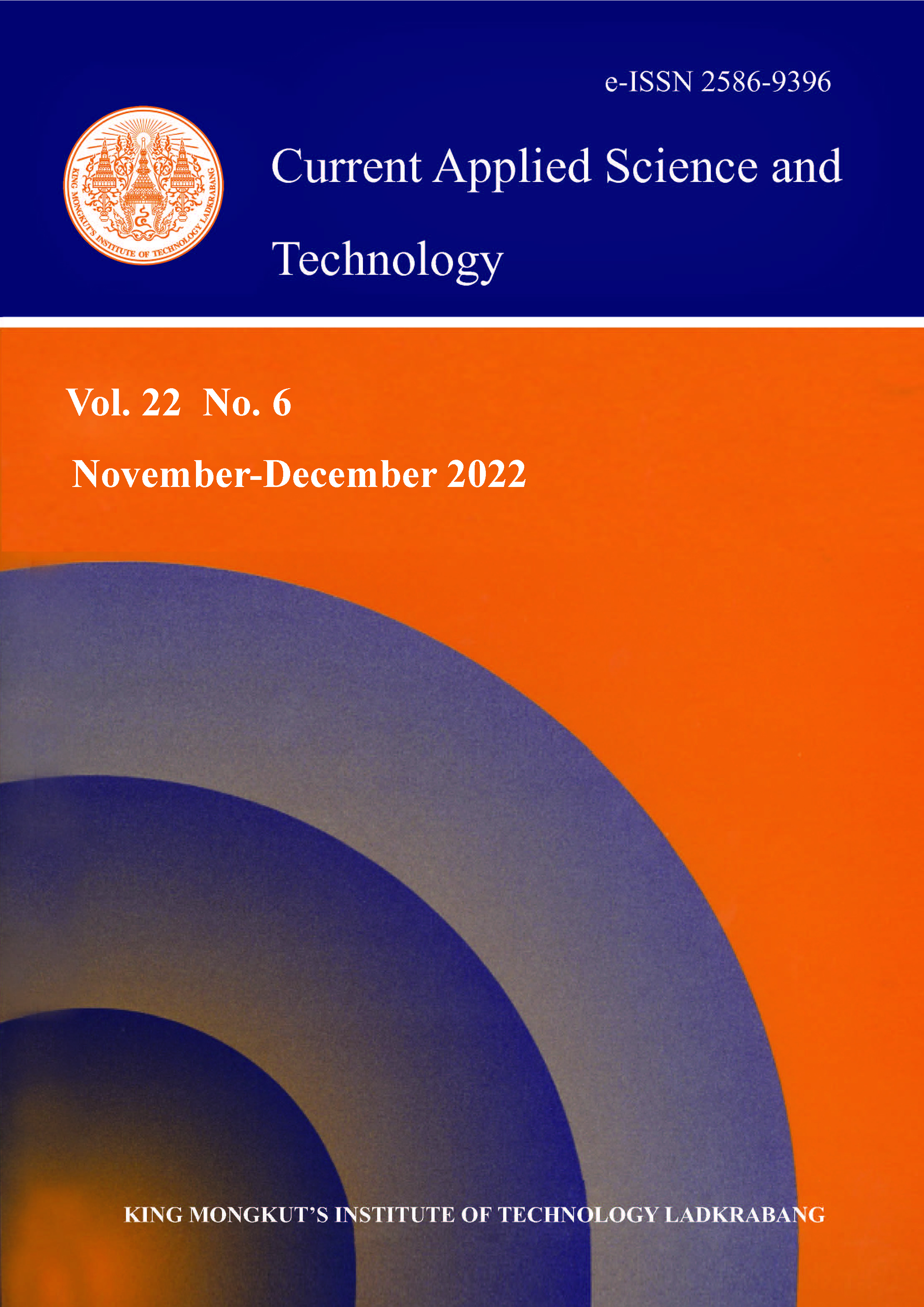The immobilization process has garnered significant attention in recent years, as it can help avoid the complex procedures of isolation and purification during the fermentation process. Loofah sponge (Luffa cylindrica) has gradually been used as an immobilizing matrix for various microorganisms due to its renewability and pore structure. In this study, the weight of immobilized Rhizopus sp. onto loofah sponge was investigated using a face-centered central composite design (FCCCD). Studied parameters included dextrose concentration (0.02-1.5 M), agitation speed (0-150 rpm), and incubation time (24-72 h). After two sets of experiments consisting of 17 and 11 runs, respectively, and based on the parameter proposed by FCCCD, a maximum biomass weight of 0.252 g was achieved onto 0.3 g of loofah at dextrose concentration of 0.45 M, agitation speed of 100 rpm, and incubation time of 24 h. The SEM results showed well-formed mycelia within and on the loofah surface with no sign of structural degradation.
Keywords: dextrose; loofah sponge; response surface methodology; Rhizopus sp.; immobilization; scanning electron microscope
*Corresponding author: Tel.: (+60) 5 3687588; Fax: (+60) 5 3656176
E-mail: azlinsu76@iium.edu.my
Alasali*, U. ., Azmi, A. S. undefined. ., Karaman, I. undefined. ., Alam, M. Z. undefined. ., & Puad, N. I. M. . (2022). Response Surface Optimization of Rhizopus Fungi Immobilization onto Loofah Sponge Using Potato Dextrose. CURRENT APPLIED SCIENCE AND TECHNOLOGY, DOI: 10.55003/cast.2022.06.22.003 (16 pages). https://doi.org/10.55003/cast.2022.06.22.003

